13 Eco-Friendly and Sustainable Changes for a Greener Home
on Jan 15, 2024, Updated Apr 05, 2024
This post may contain affiliate links. Please read our disclosure policy.
Creating an eco-friendly and sustainable home is not just a trend. It’s a conscious choice towards a greener and healthier planet that we all must make.
Making eco-friendly and sustainable changes within our homes are powerful ways of contributing to a better future. Sometimes it feels like it’s a lost cause, so why even try? Don’t worry!
Any small step you make has an impact. You don’t need to be perfect.
Here are several practical and impactful steps that are both eco-friendly and sustainable. Each suggestion strikes a balance between modern living and environmental stewardship. Conscious choices pave the way for a more sustainable lifestyle for all of us.
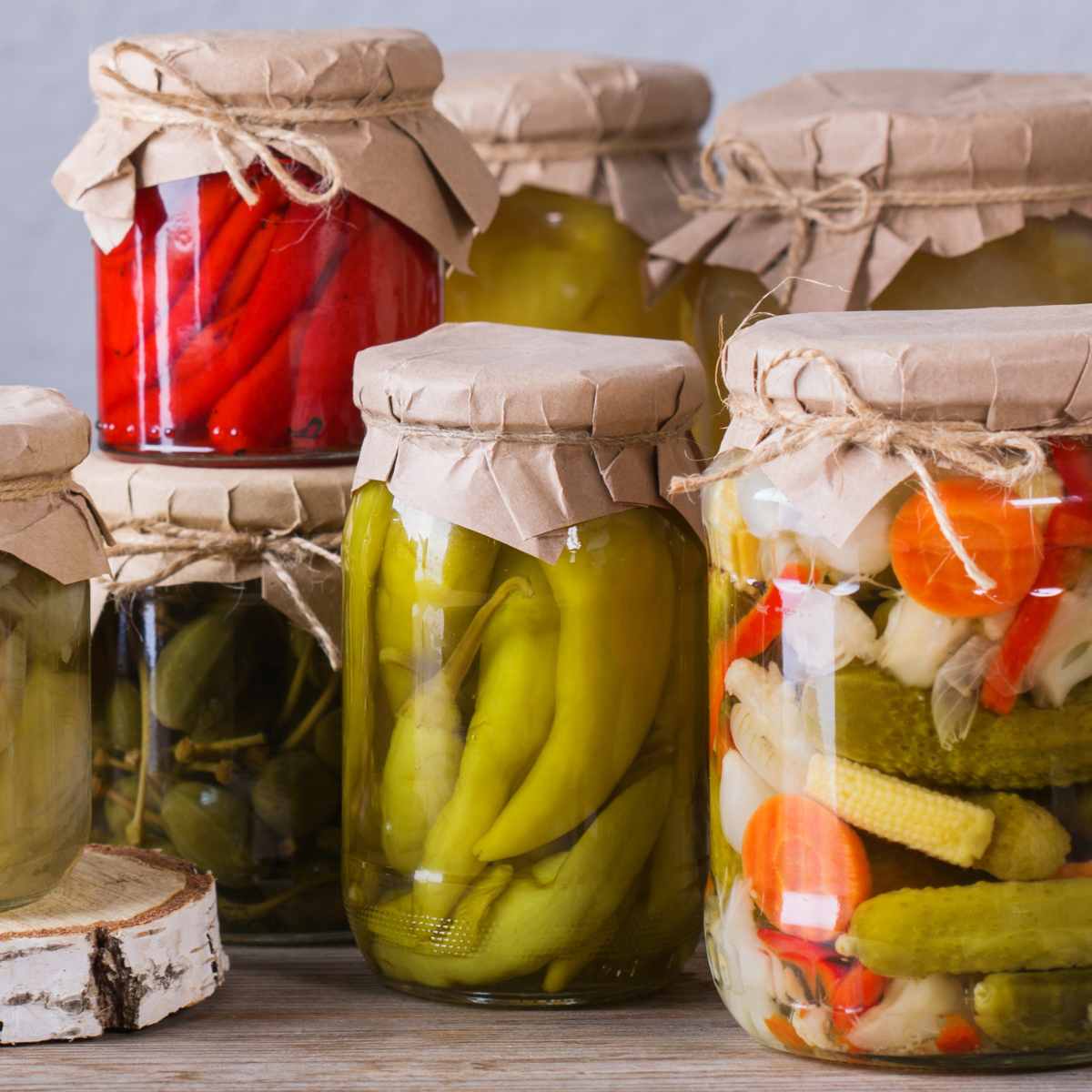
Table of Contents
What is the Difference Between Eco-Friendly and Sustainable?
Eco-friendly and sustainable are trendy marketing terms – but what do they actually mean? And why does it matter? Understanding the difference between eco-friendly and sustainable helps you make an impact through daily choices.
Eco-Friendly
Eco-friendly means the products or practices have a minimal negative impact. The focus is on reducing harm and using fewer nonrenewable resources. In a nutshell, eco-friendly products reduce the human footprint.
Sustainability
Sustainable refers to a broader perspective and longer timeline than eco-friendly. Sustainability also takes social and economic aspects into consideration. The focus is a holistic approach that ensures long-term well-being for future generations.
It’s important to dig a little deeper when looking at eco-friendly products. Are they part of a broader plan to make sure our planet stays healthy for future generations?
Yes. Biodegradable single use cutlery is an example. Even though it is better than plastic silverware, biodegradable products still use resource-intensive practices. The single-use nature contributes to overall waste. True sustainability would involve reusable or longer lasting options.
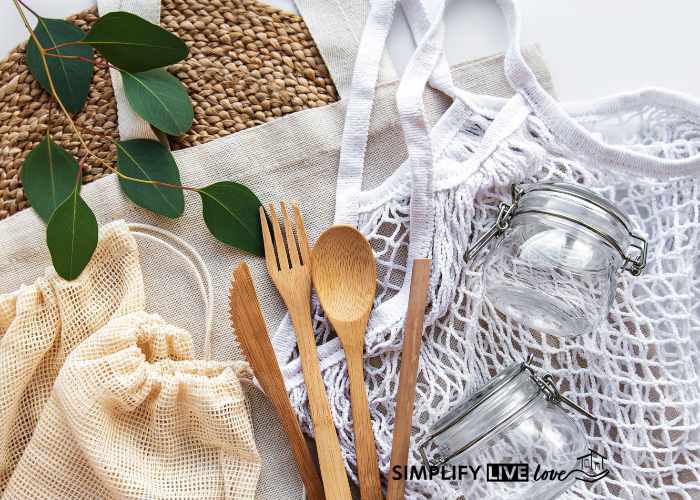
Pin this now to find it later
Pin It13 Eco-Friendly and Sustainable Changes to Make in 2024
When my friends and I talk about making sustainable choices, one of the biggest obstacles is budget. Companies know eco-friendly and sustainable products are trendy. As a result, these products are often more expensive than the less “green” alternatives.
Before you start anything new, identify a few small changes that can be made without tanking your budget. Simple switches like turning off the lights or unplugging chargers are simple changes that cost nothing – in fact, it will save you money!
This journey is unique for every family, so embrace progress over perfection! You do not have to be a purist or do everything exactly right. Any small change is a step in the right direction.
Energy-Efficient Lighting
Replace traditional light bulbs with energy-efficient LED bulbs. Although an LED bulb costs more than an incandescent one, you’ll save money in the long run. Families average $225 in savings per year just by switching to LED.
Reusable Water Bottles
Invest in durable, reusable water bottles to minimize single-use plastic. Opting for a durable, refillable bottle contributes to a substantial decrease in plastic waste.
Choose water bottles made from stainless steel or BPA-free plastics to promote a culture of reusability.
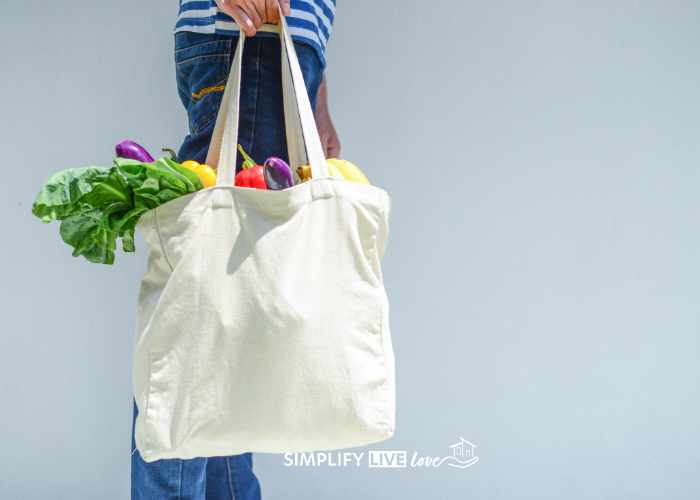
Cloth Grocery Bags
Another way to promote sustainability is to use cloth bags when shopping to reduce plastic waste. Some states have passed laws to prevent stores from using single-use plastic bags at checkout. Reusable cloth bags are easy to make from scrap fabric or find at thrift stores.
Public Transportation
Reducing trips in the car is another small way to live sustainably. Opt for walking, carpooling, biking, or public transportation whenever possible. It reduces carbon emissions and also contributes to your health!
Smart Thermostats
Do you have a smart thermostat in your home? These allow you to program temperatures so your house is cool or warm when you need it most, but you aren’t wasting energy all day when the house is empty. Programmable thermostats optimize energy usage and reduce your carbon footprint.
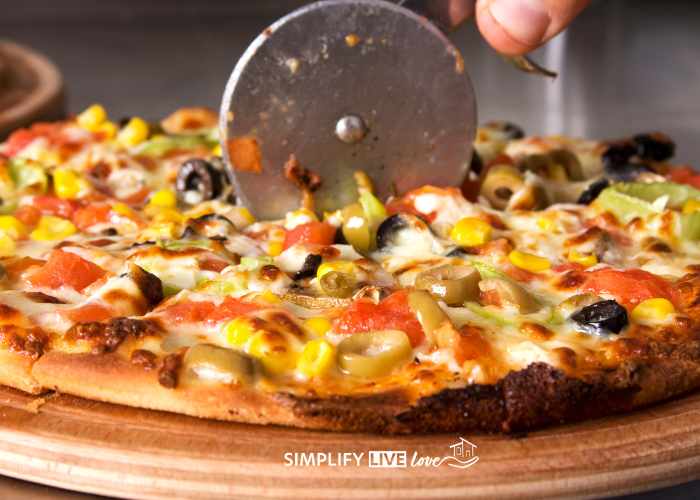
Meatless Meals
Incorporate plant-based meals into your meal routine. Eating less meat reduces the environmental impact of producing it.
You don’t have to go all the way vegetarian. Just swap some of the meat out for additional vegetables in recipes like Lo Mein or Florentine Pasta.
Grow Your Own Food
I try to grow a lot of our own food with my chickens and gardening. This is especially an area where you can start small. Even a few pots of vegetables or herbs are more eco friendly and sustainable than driving to the market to buy them.
If you’re already an advanced gardener and growing a lot of your food, try extending your growing season. Pick fresh vegetables throughout the winter with a small greenhouse or solar-powered hoop house.
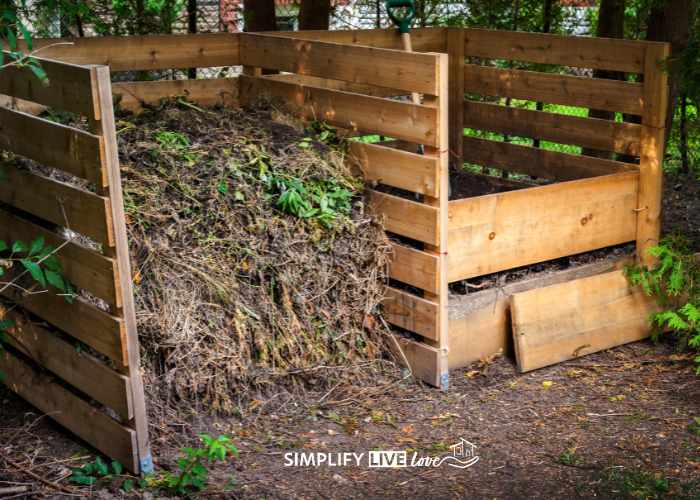
Compost
Speaking of growing your own food – have you tried composting? It’s a great way to put your food waste to work for you.
Currently, I dump some of my food scraps in a composter. I also feed some to the bunny and some to the chickens. I also dump some on the ground for the chickens to root through.
My version of composting is really kind of simple and I’m not creating a ton of useful compost. This is a goal, though, to really get my composting system in place and productive.
There are lots of DIY composting ideas out there to use items you already have on hand such as wooden pallets and a variety of containers. You can also start smaller with worm composting.
Store Food to Eat All Year
Food preservation is another way to live both eco-friendly and sustainably. It not only minimizes waste but also ensures a steady and reliable food supply.
Choose your favorite method(s) such as canning, freezing, and dehydrating. I love making and preserving tomato sauce, curing garlic, making gramma’s pickles, and more. It gives us fresh-tasting and healthy food all year round!
If you have a root cellar, store potatoes, pumpkins, and apples to eat when you need them.
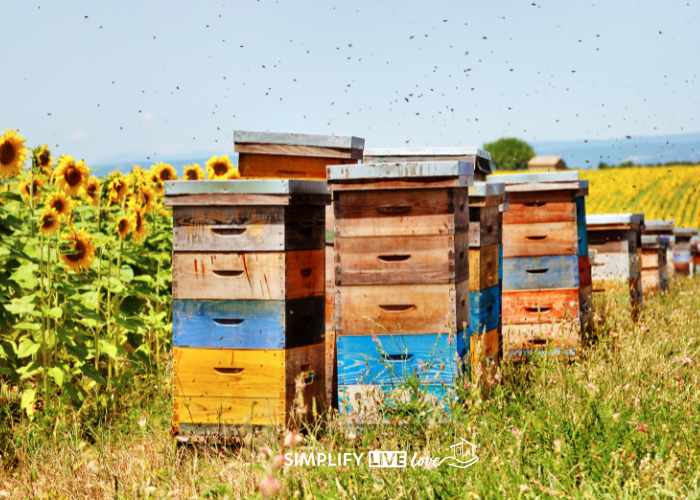
Help Pollinators Survive
You’ve probably heard about the colony collapse problem we’re currently facing. Bees are dying out in alarming numbers. Not only are they necessary to pollinate our crops, but they also make fantastic honey.
Another concern is the amount of pesticides that are used locally. A recent Harvard study says pesticide use (specifically of neonictinoids) may be to blame. While I don’t use pesticides on my gardens, they are widely used on the fields all around me – and I’m not sure how that might impact keeping bees.
I think it would be wonderful to keep bees since 1/3 of the food we eat relies on them to pollinate. Since I have a fear of dealing with bees, though, I do all I can to protect our pollinator friends.
Generate Your Own Power
We’re living in our passive house right now that is 100% electric. We’ve also installed our own 15 KW solar panel systems as well. They are tied into the grid and generate most of the energy we use.
In 2023, we also added two Tesla power walls to our solar array system. These power walls actually store extra energy that our solar panes create. They provide energy to us during peak energy consumption time (when it’s dark!) and help us put the energy that we create to even better use.
On average, solar panels produce quite well in Iowa. They come with great tax benefits and a quick pay-off time as well. I was shocked by all the solar panels I saw when we were in Germany- if they can do it, we can do it! Read about federal tax credits for renewable energy and use Taxcaster from TurboTax to see how your income taxes might benefit. After all, the goal is save you some money, too.
Thrift Shopping
Shopping for items such as clothing, furniture, and décor at thrift stores keeps more waste out of the landfills, reduces dependency on fast fashion, and extends the life of products. When you’re done with items, donate them back to the thrift store, shelters, or join local Buy Nothing groups.

Public Libraries
When is the last time you used your library card? During the pandemic, our community really realized the significant role of public libraries. They are often an overlooked way of being environmentally responsible.
Borrowing books and resources from public libraries promotes resource-sharing, reduces the demand for new materials, and saves money. Most libraries have so much more than books!
Some libraries host tool exchanges, seed swaps, and even have native garden space to learn about local plants.
Key to an Environmentally Friendly Lifestyle
We often get overwhelmed with the systemic challenges of global warming and greenhouse gas emissions. Gradually integrate sustainable habits, such as reducing meat consumption and composting kitchen scraps, to reduce harm to the environment and protect our natural resources.
The key to living an eco-friendly and sustainable life is to acknowledge the impact of our daily choices. Small steps like walking more, planting a small garden, and turning off the lights are simple ways to connect with sustainable practices.



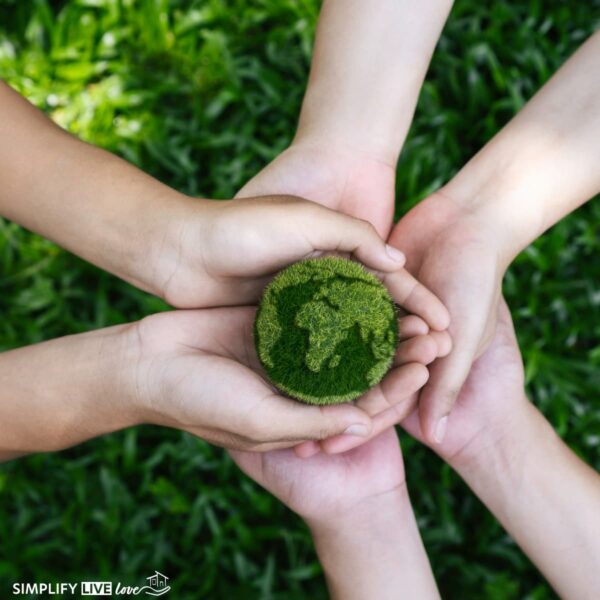
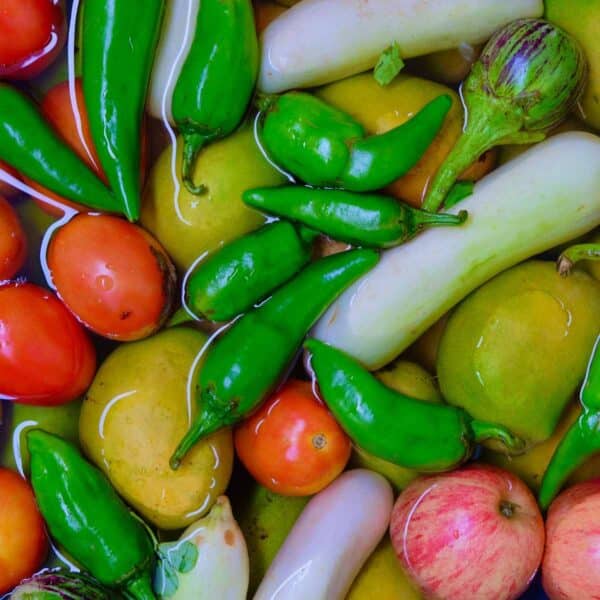









i like the compost setup too. Adding it to the list…
Robin!!! Thank you SOOOO much for the great article, pictures and positive words!!! Hope to see you again soon!
Peace and all good!
Emy
Was lovely meeting you! You have great boots. 😉
I anxiously await the “proper motivation.” 🙂
Lol!
Michelle, all the ideas here are great. Unfortunately I have a small space, 32 x 110, so what I have been doing is purching multigrafted fruit trees to espalier along my fence line, extending the fence to the rear of the garage for more gardening space and working on soil amendments in hopes it will be sufficient for 1 person. I have purchased and planted a 4 grafted of each: pluot, peach, & cherry tree. I have also planted a Niagara grapevine and plan on blackberries and raspberries this spring. I am so looking forward to the spring. I have a key lime and a red orange tree to plant as well.
Blessings
It would be great if you could get plans on that hoop house, and water system. We really want to build one of our own, but for right now it has been cost prohibitive. And a root cellar would be awesome!
That would be awesome, Sarah. I’ll see what I can do about hoop house plans! They said it wasn’t too expensive, but I didn’t ask for the price. 🙂